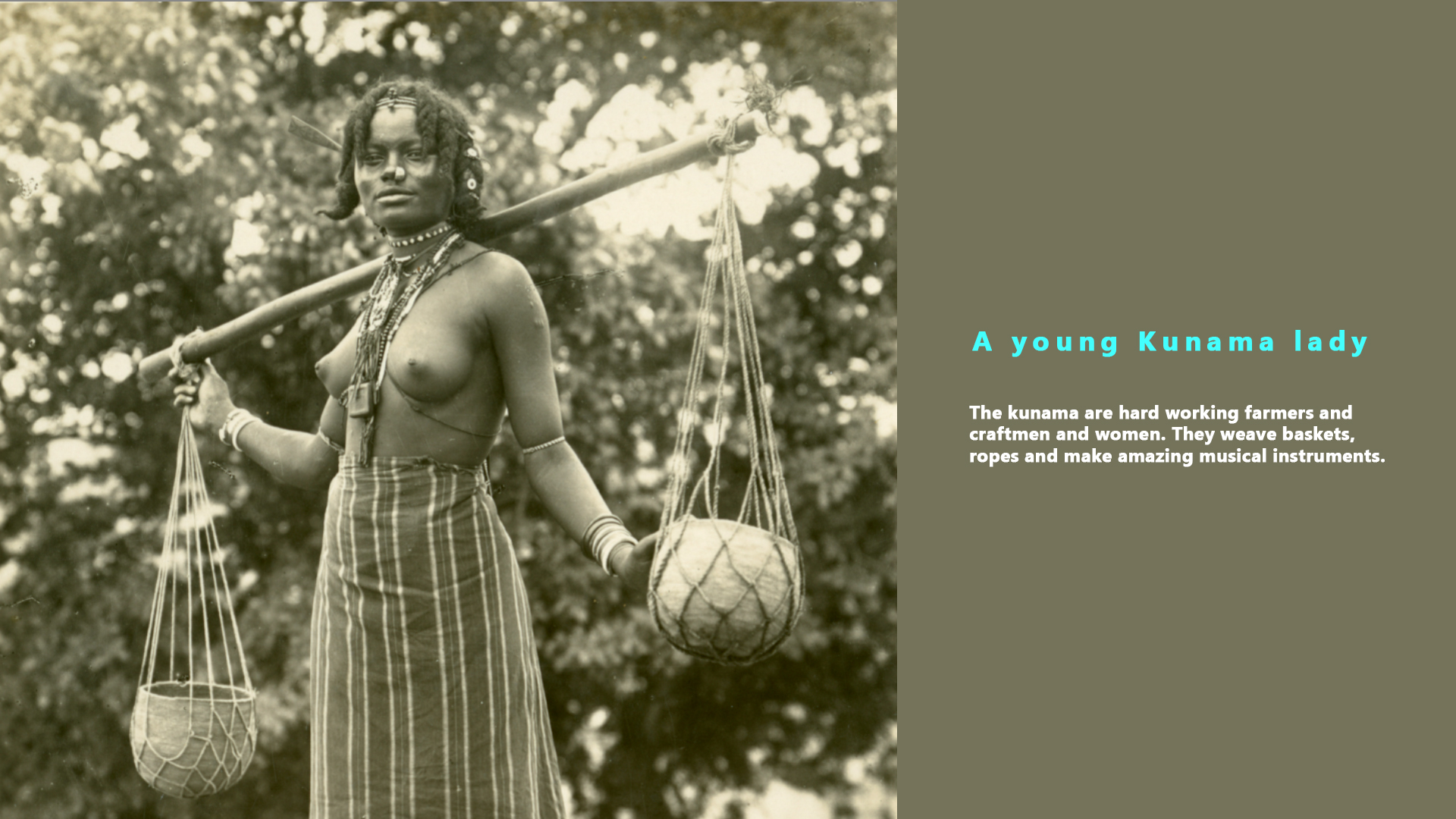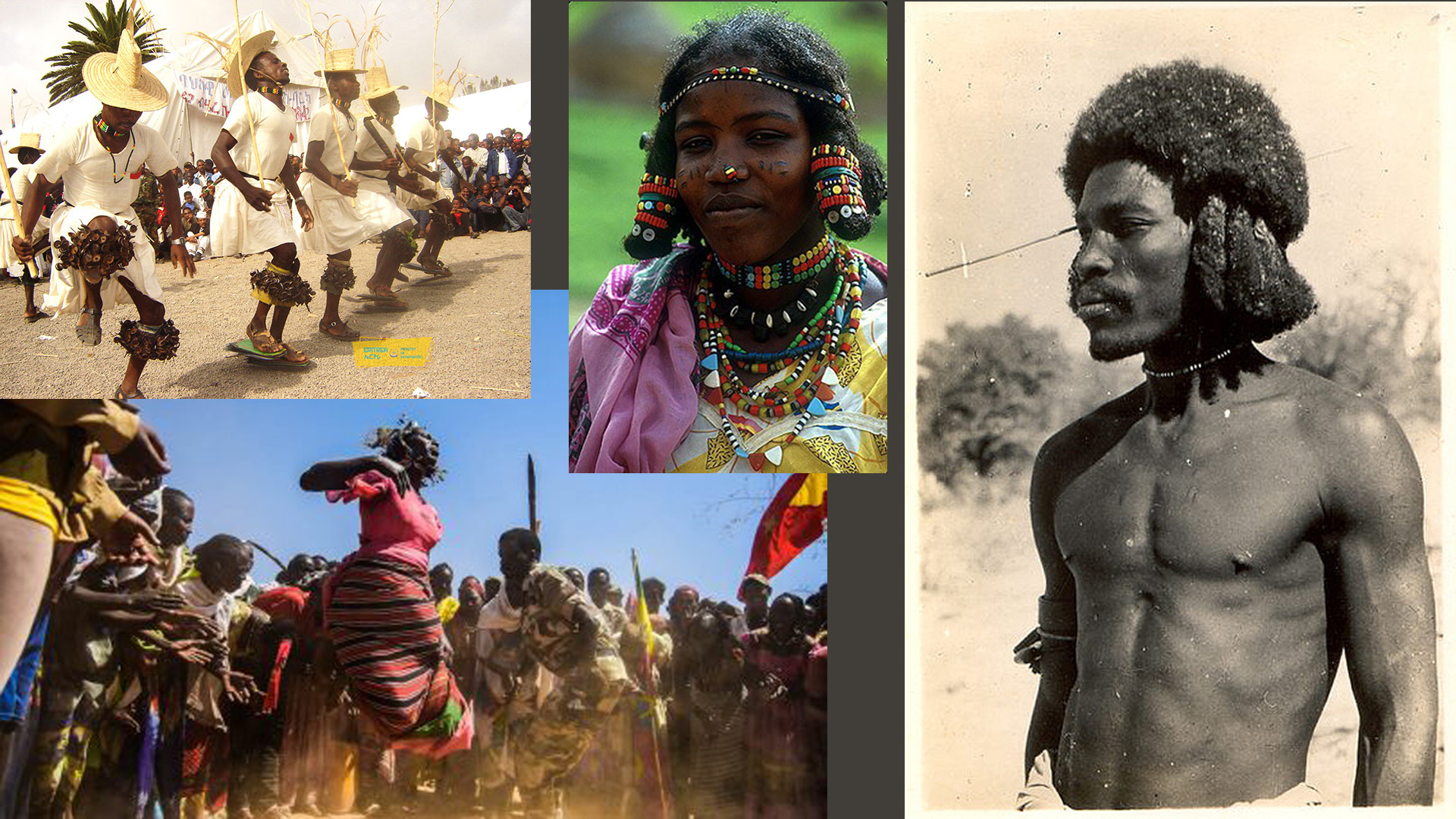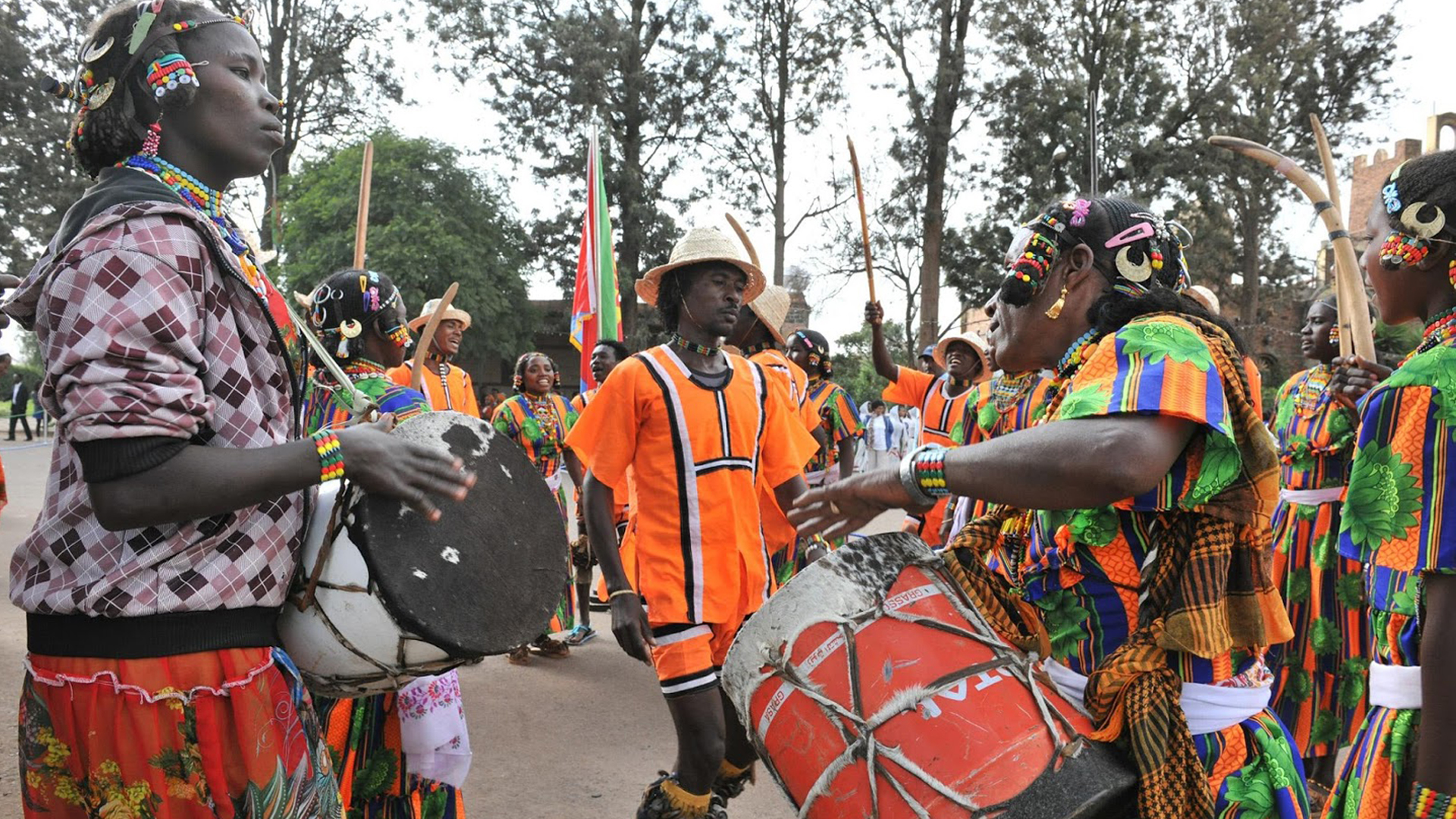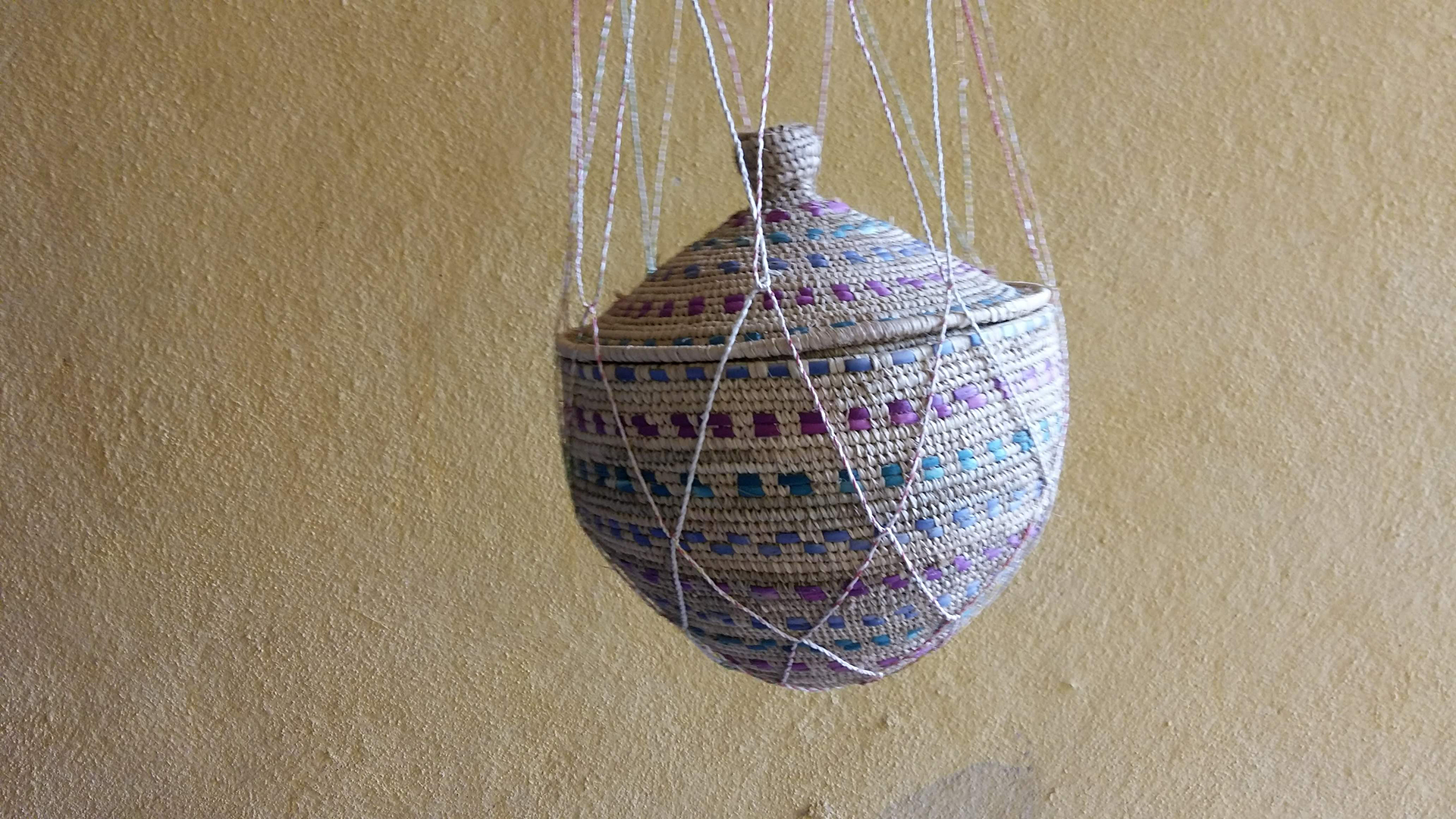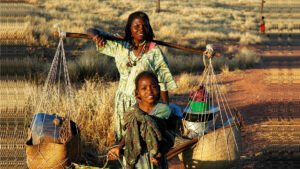The Kunama ethnic group is located mostly in the Gash-Barka of Eritrea between the Gash and Setit rivers, in Adiabo and Qafta of Tigrai, and in small areas of Sudan. They were known as “Baza” or at times “Bazen” in the past. The Kunama enjoy a liberal and democratic way of life with women having high social status and equal property shares.
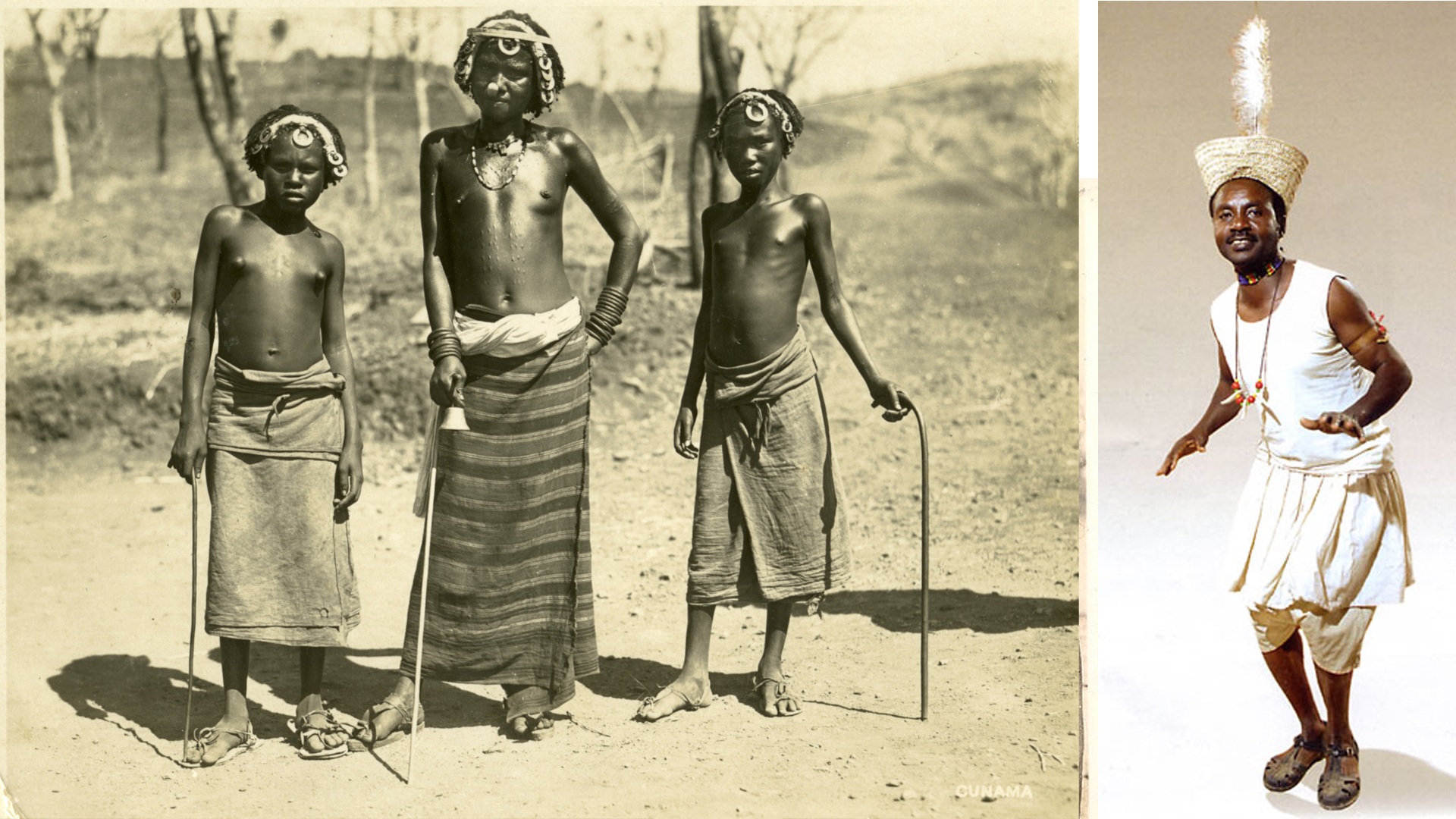
The history of the Kunama people is not well written. The majority of what is known has been passed down through oral traditions. According to these oral accounts the Kunama lived in Axum and the surrounding areas as nomads. King Bazen and his wife Kuname ruled in Axum from 8 B.C. – 9 A.D., and the nomads only began to consider themselves and call themselves Kunama during their rule. Many of the Kunama believe that they originated from King Bazen and refer to themselves as Kunama after his wife, Kuname. It’s not known yet why they started to name themselves after her. Under King Bazen and Kuname, a common identity began to form among the Kunama.
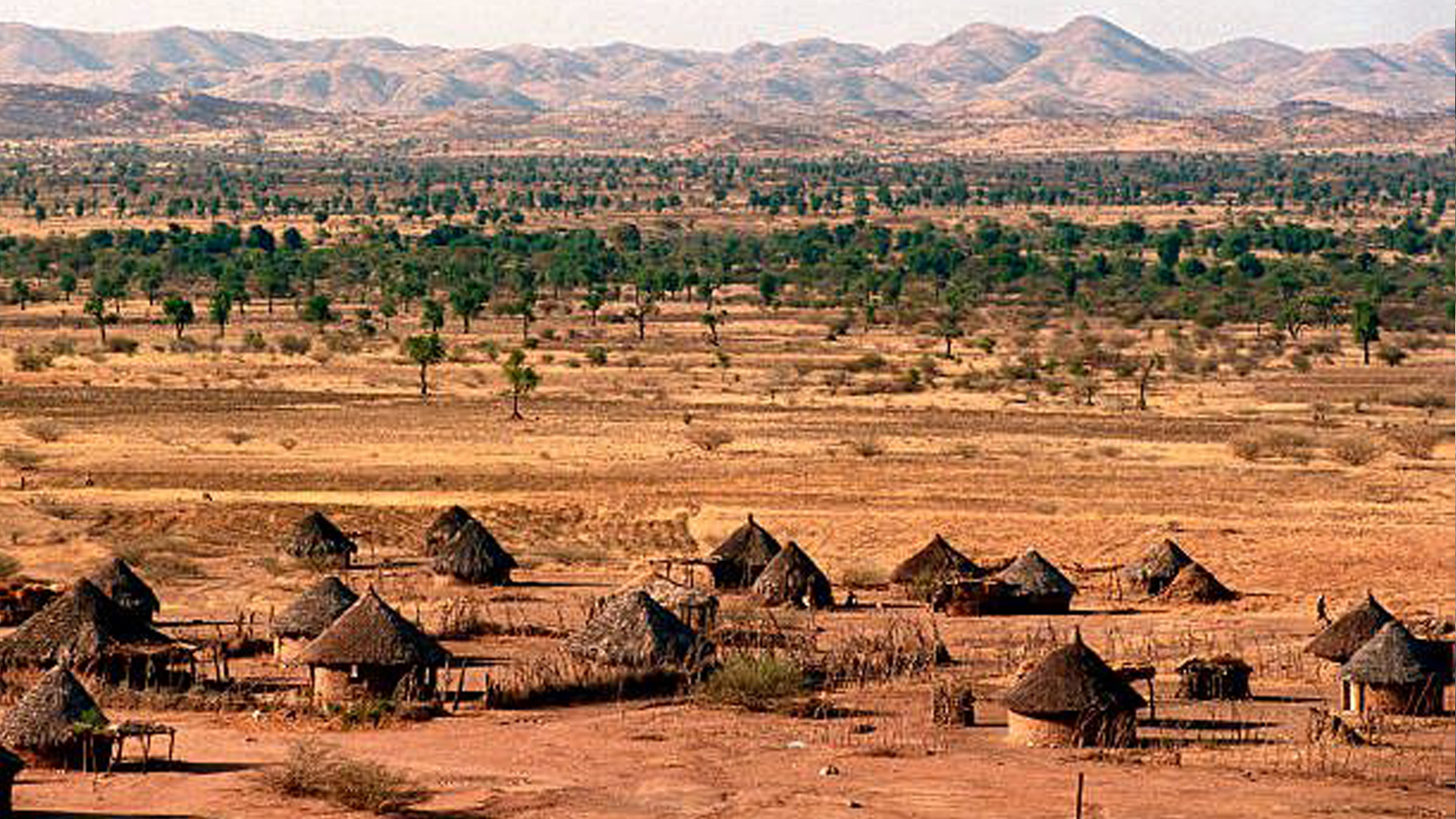
According to the tradition, when the king died in a battle the neighboring people killed many Kunama and pushed the Kunama from the Axum area into North and Northwestern Tigrai. Some of the Kunama crossed the Mereb River and migrated to modern-day Eritrea while others remained in Tigrai. Others claim that the Kunama are a Nilotic ethnic group and they originated from the Ethiopian-Sudan border before migrating and settling in Tigrai and Eritrea.
One of the earliest written recordings of Kunama came from an Arab traveler who visited Alwa (near Khartoum, Sudan) in 872 AD. He mentioned that the ‘Barya’ and ‘Cunama’ tribes were living on the borders of the Alwa Kingdom (now central and southern Sudan). A 10th-century Arab geographer named Ibn Hawqal wrote that the Kunama lived in the Baraka valley of Eritrea.
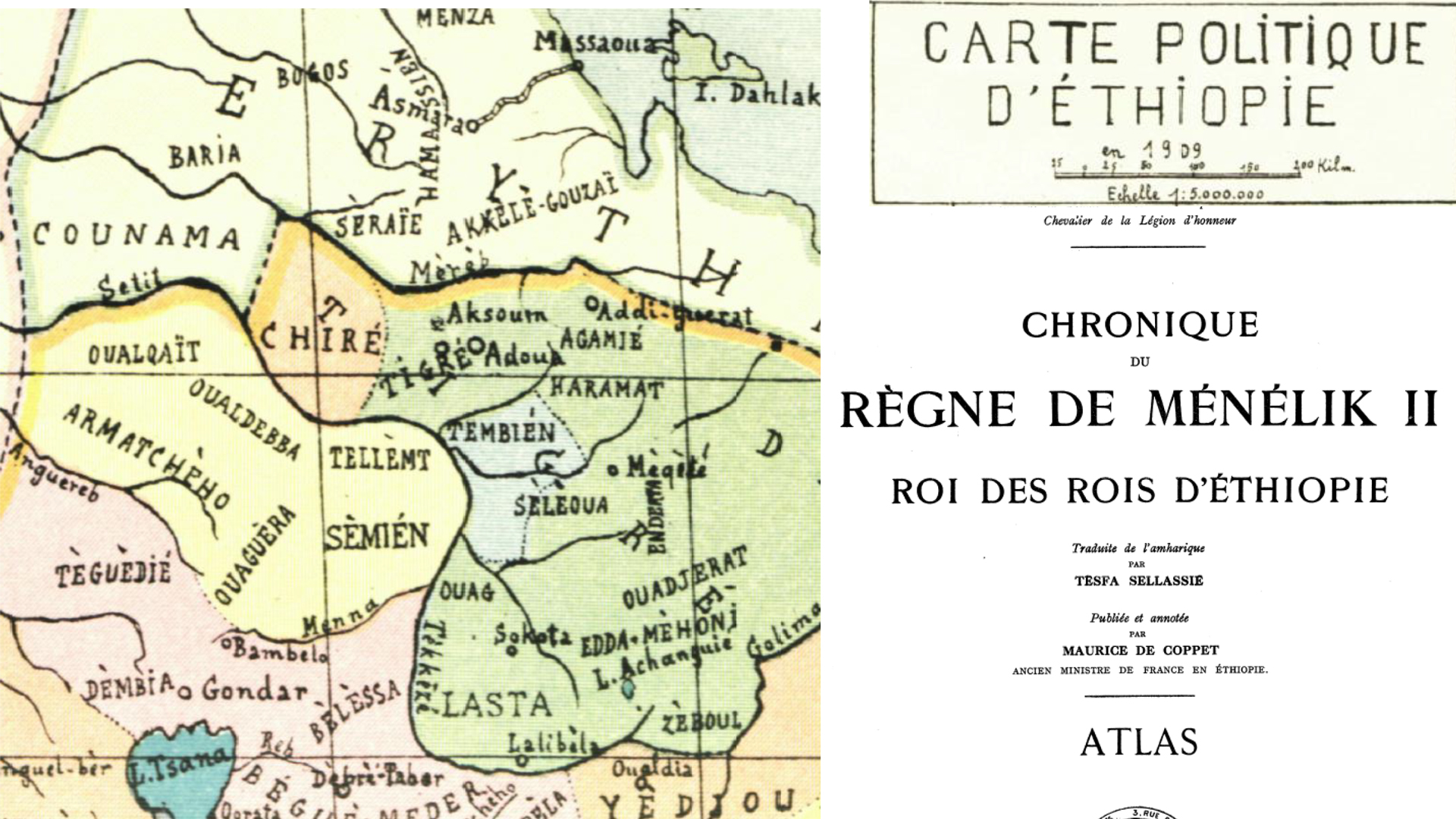
There are an estimated 260,200 Kunama, with the majority living in Eritrea. They constitute around 2% of the Eritrean population. A 2007 Ethiopian census estimated that there are approximately 4,860 Kunama in Ethiopia, of which approximately 2,976 are in Tigrai, while a 2017 research interview by an ethnic local government official estimated that there were approximately 7,000 Kunama in Tigray (3,300 in Tahtay Adiyabo, 3,100 in Hilet Koka, and 600 in other towns). It is currently estimated that there are around 10,000 Kunama in Tigrai today.
The Tigraian Kunama settlements are mostly in Adi Goshu, HiletKoka, Adebay, Ademiti, Mentebteb, Geza Meker, Geza Adura, Sheraro, Medabe, Erdi Weyane, Shemblina, Waela Nihbi, Badme, Lij, and Biyara. However, some members of the Kunama community have migrated to other parts of Ethiopia, such as the Amhara and Oromo regions.
The Kunama speak a Nilo-Saharan language, called Kunama. They have their own distinct culture. They also have their own traditional religion, but some have converted to Christianity or Islam.
The Kunamas have a dedicated Ethnographic Museum in the town of Sheraro. The Kunama have special graveyards, where they do annual spiritual gatherings.
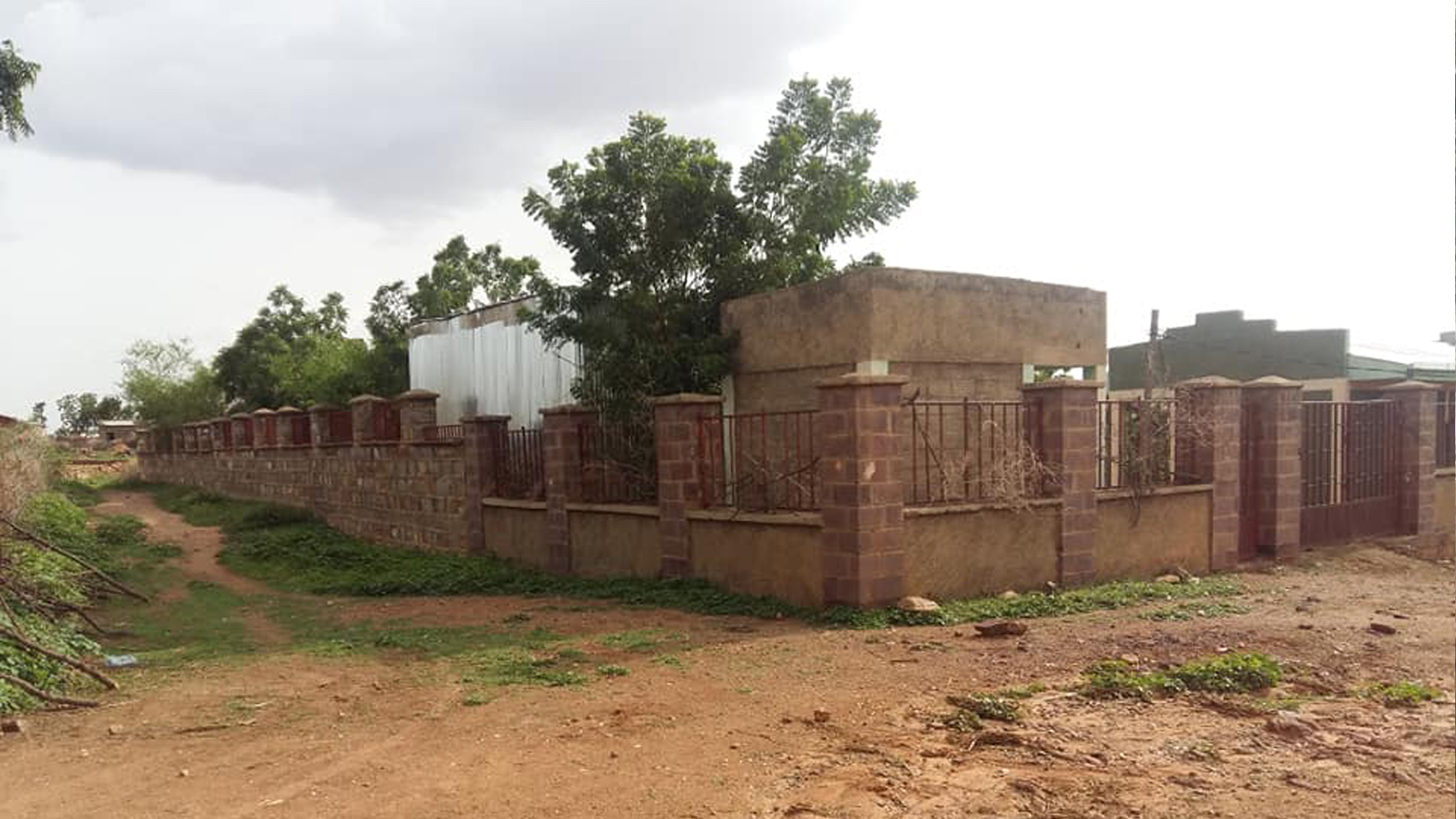
The Kunama are a matriarchal society and descendants are considered members of the society only if the child’s mother is Kunama.
Most Kunama are herders and farmers. The Kunama land both in Tigrai and Eritrea is incredibly fertile. In Eritrea, it is called the “bread-basket of Eritrea.”
The Kunama are one of Tigrai’s ethnic minorities. They live in a highly sensitive borderland where recurrent conflicts have been taking place. Due to this, they are at a high risk of extinction. Tigraian Kunama has been vulnerable to attacks by Eritrean troops. Their proximity to the Eritrean border leaves the population at the mercy of Eritrean forces. In the last two years, the Kunama settlements in Tigrai have been occupied mostly by Eritrean troops.
Before the war broke, #HadgiTourism was undergoing a documentation project in collaboration with Tahtay Adiyabo Wereda, Culture and Tourism Bureau, and other stakeholders.
Sources
- Omna Tigray
- ቢቢሲ ትግርኛ
- https://www.worldatlas.com/articles/who-are-the-kunama-people.html
- Home Across Lands Documentary (2009) Dir. John Lavall
- The Ethiopian Borderlands: Essays in Regional History from Ancient Times to The End of the 18th Century, Richard Pankhurst (1997)
- Magazine by Tahtay Adiyabo Wereda, Culture and Tourism Bureau.
Written on March 13, 2015 / Last updated on May 17, 2022

